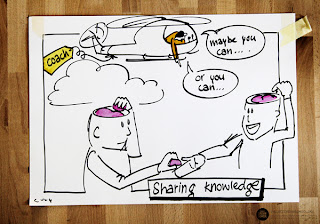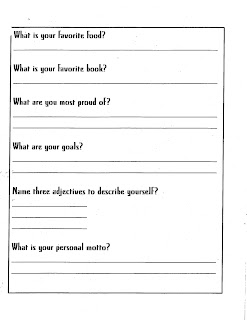
The Meanest Thing to Say" is a kid friendly story about bullying. The main character decides to respond in an interesting way to name calling. You could use this text in the beginning of the year or you could use it during Guided Reading groups. I attached a writing prompt to go along with the book. It focuses on the "making connections" comprehension strategy. I also attached a fun activity called "The Nicest Thing to Say." Read the book in a whole group setting, and ask the kids to think about the nicest thing to say. Then they can draw a picture of who they will say this nice thing to. It would make a great bulletin board display. Enjoy. Feel free to have your students review the book in the comment section of the blog. Click on the link below to get this comprehension strategy writing prompt. I focused on making text connections while reading.
The Nicest Thing to Say - K-2
Click on the link above to print the writing response.
Making Connections with Bill Cosby's Text
Click on the link above to print the writing response for comprehension strategies.















